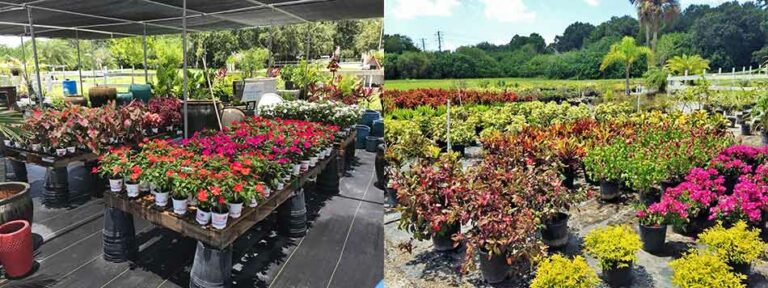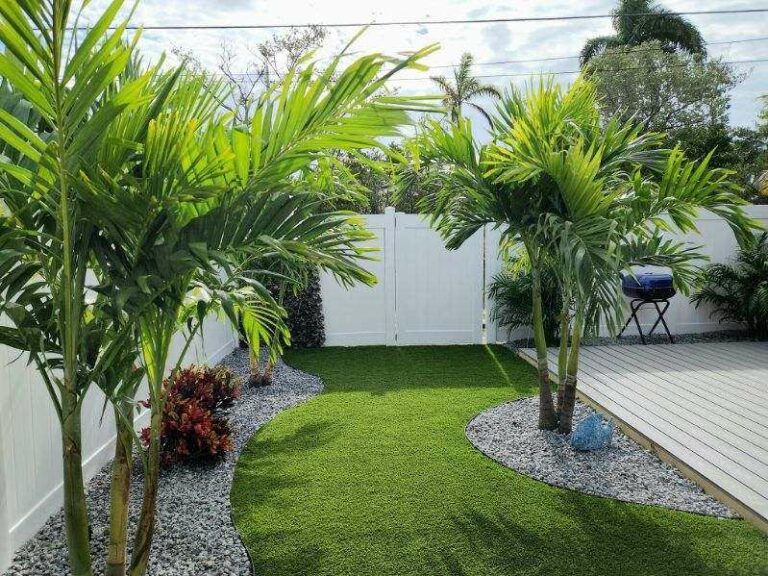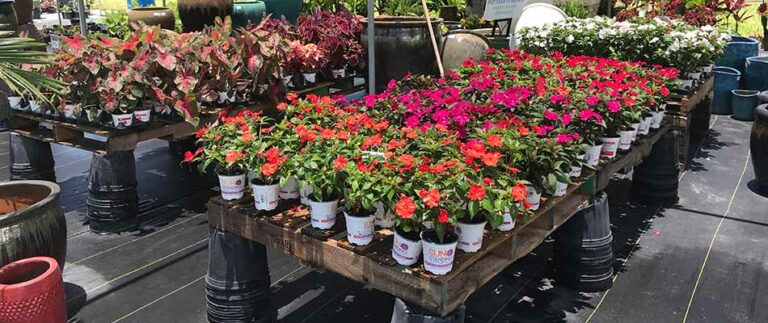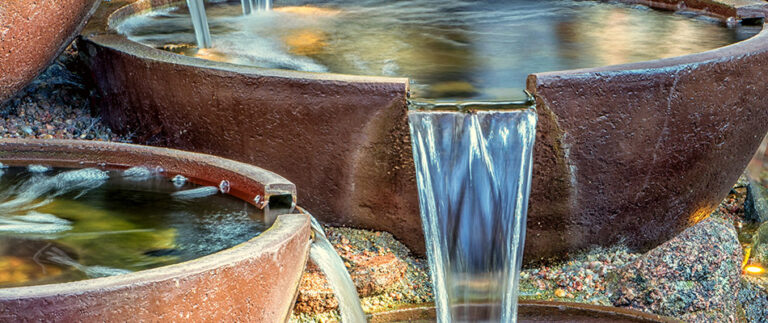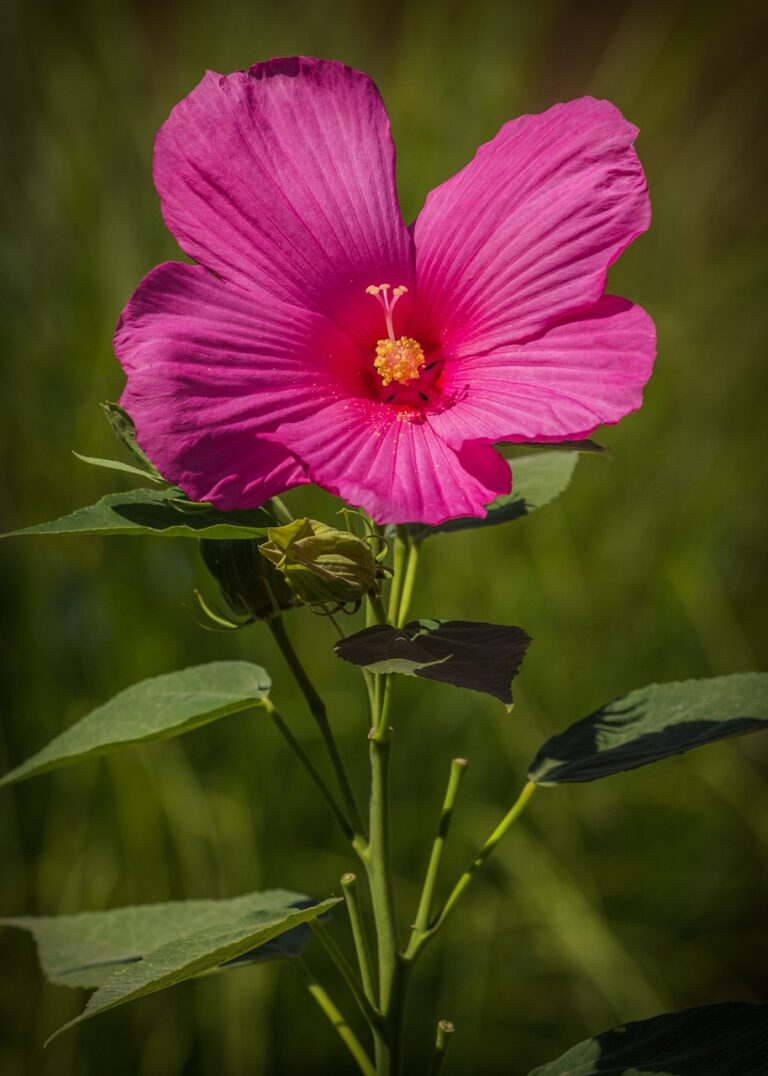A well-manicured garden or yard is like a canvas waiting to be painted, and landscape edging serves as the frame that brings the masterpiece together. Often overlooked, landscape edging plays a crucial role in defining the boundaries of your outdoor space, adding aesthetic appeal, and providing functional benefits. See below the art and science behind landscape edging, we’ll discuss its various types, materials, installation techniques, and the transformative impact it can have on your outdoor haven.
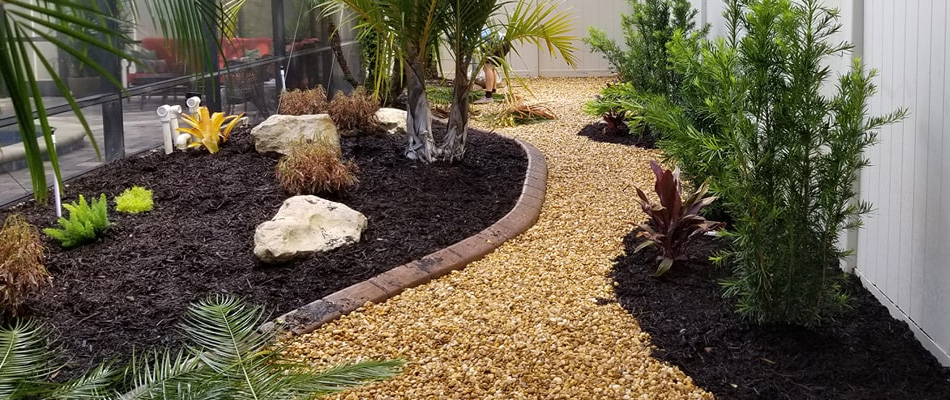
The Purpose of Landscape Edging
Landscape edging is not just about creating a visually appealing border; it serves several practical purposes that contribute to the overall health and longevity of your garden or yard.
Here are some key functions
- Defining Spaces: Edging helps delineate different areas within your landscape, such as flower beds, lawns, and pathways, creating a sense of order and organization.
- Weed Prevention: One of the primary benefits of landscape edging is its ability to prevent invasive grass and weeds from encroaching into your flower beds and other designated areas.
- Soil and Mulch Containment: Edging acts as a barrier, keeping soil and mulch in place, preventing erosion and promoting a tidy, well-maintained appearance.
- Maintenance Ease: Clearly defined edges make mowing, trimming, and overall maintenance tasks more straightforward, saving you time and effort.
Types of Landscape Edging
- There are various types of landscape edging, each offering unique characteristics and catering to different aesthetic preferences and functional needs. Here are some popular options:
- Metal Edging: Durable and versatile, metal edging provides a sleek and modern look. Common materials include aluminum and steel, with options for straight or curved designs.
- Plastic Edging: Affordable and easy to install, plastic edging comes in various colors and styles. It is a practical choice for creating clean borders in flower beds and along pathways.
- Stone or Brick Edging: Natural stone or brick edging adds a timeless and rustic charm to your landscape. It’s a sturdy option that withstands the test of time and blends seamlessly with natural surroundings.
- Wood Edging: Ideal for a more organic and traditional feel, wood edging can be a cost-effective choice. However, it may require more maintenance compared to other materials.
Transforming Your Outdoor Space
Incorporating this into your outdoor design not only enhances the aesthetic appeal but also contributes to the overall health and maintenance of your garden or yard. Whether you opt for the clean lines of metal, the natural beauty of stone, or the affordability of plastic, its is a versatile tool that allows you to create a well-defined and organized outdoor haven. Our team of experts can help you choose the right edging materials for your style and needs, and then you can watch as your landscape transforms into a masterpiece that reflects your personal touch and love for the great outdoors.

